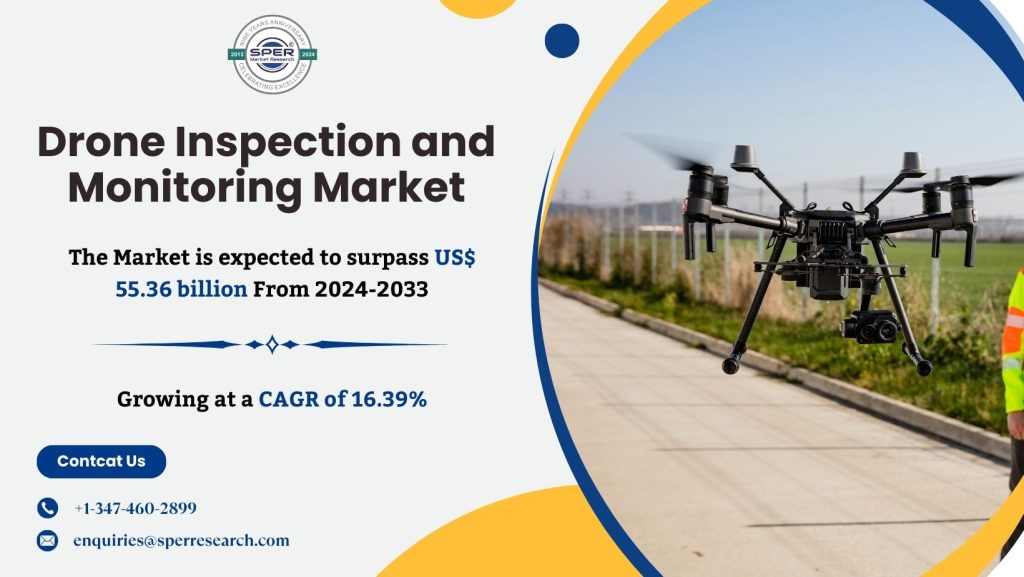Contactless biometrics technology allows for biometric identification and authentication of persons without requiring physical interaction with the sensor. It recognizes people’s identities by analyzing voice, face, and iris patterns. Furthermore, there are many other types of contactless biometrics, including facial recognition, voice recognition, palm vein detection, and eye recognition.
According to SPER market research, ‘Global Contactless Biometrics Technology Market Size- By Technology, By Application, By Component, By Deployment Mode – Regional Outlook, Competitive Strategies and Segment Forecast to 2033’ state that the Global Contactless Biometrics Technology Market is predicted to reach 73.74 billion by 2033 with a CAGR of 17.33%.
Drivers:
The industry has expanded dramatically in recent years as a result of increased security concerns, need for convenient authentication mechanisms, and the extensive use of biometrics in industries such as government, healthcare, defense, and consumer electronics. Rising smartphone and tablet usage, combined with manufacturers’ emphasis on face recognition software as an extra layer of verification to unlock their phones, is likely to drive demand. Contactless biometrics enables secure app access and payment authentication. Furthermore, the growing adoption of contactless biometrics solutions in financial institutions to secure international financial transactions is expected to drive market growth.
Restraints:
The high cost of contactless biometrics systems is expected to restrict market growth. Furthermore, identity or data theft is a huge threat to growth since it can create national security concerns and potentially jeopardize the security of key data. The texture and shape of the human face change with age, and facial recognition software must be adaptable enough to these changes, which increases matching system error rates. Additional error-causing factors include facial lighting, posture, and expression changes, which limit growth to some extent.
Request a Free Sample Report: https://www.sperresearch.com/report-store/contactless-biometrics-technology-market.aspx?sample=1
The COVID-19 pandemic has brought attention to the importance of contactless technologies to promote hygienic behaviors, including contactless biometrics. Due to the reduced need for physical touch, contactless biometrics are a popular choice in many industries and comply with health and safety laws. A consequence of the pandemic is the increased use of contactless biometrics in applications such as access management, attendance tracking, and ide
The market for contactless biometrics technology was controlled by North America. The existence of technological companies in the area, including nVIAsoft Corporation, HID Global, M2SYS technological, and BioConnect, is responsible for this supremacy. Regional expansion is also anticipated to be fueled by the growing need for contactless biometrics solutions from payment solution providers in order to deliver secure transactions to their clients in the area.
Contactless Biometrics Technology Market Segmentation:
By Technology: Based on the Technology, Global Contactless Biometrics Technology Market is segmented as; Facial Recognition, Palm Veil Recognition, Voice Recognition, and Iris Recognition.
By Application: Based on the Application, Global Contactless Biometrics Technology Market is segmented as; Government, Automotive, Healthcare, Retail, Banking & Finance, and Consumer Electronics.
By Component: Based on the Component, Global Contactless Biometrics Technology Market is segmented as; Hardware, Services, and Software.
By Deployment Mode: Based on the Deployment Mode, Global Contactless Biometrics Technology Market is segmented as; Cloud-Based and On-Premise.
By Region: This research also includes data for North America, Asia-Pacific, Latin America, Middle East & Africa and Europe.
For More Information, refer to below link: –
Contactless Biometrics Technology Market Forecast
Related Reports:
Follow Us –
LinkedIn | Instagram | Facebook | Twitter
Contact Us:
Sara Lopes, Business Consultant – U.S.A.
+1-347-460-2899









